Maldives Deepens Strategic Relationship with China, Evidencing a Shift from India
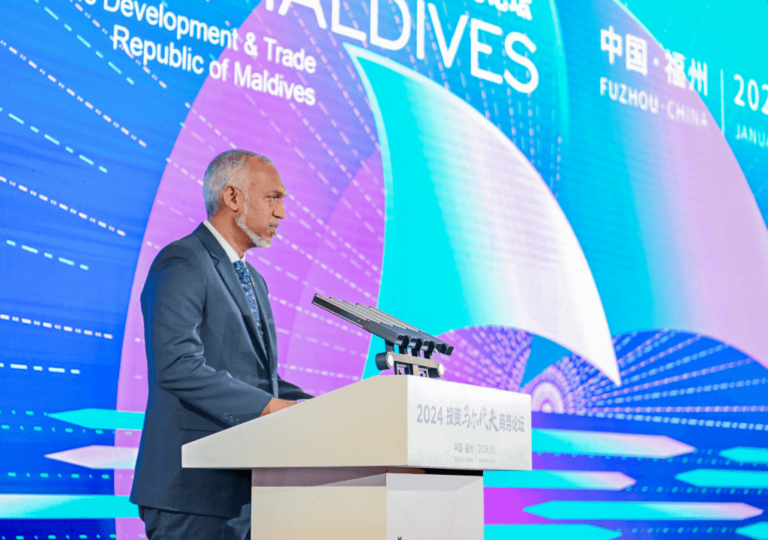
China strengthens military ties with the Maldives, triggering concerns from India. Maldives pivots to China, impacting regional geopolitics and tourism.

China strengthens military ties with the Maldives, triggering concerns from India. Maldives pivots to China, impacting regional geopolitics and tourism.

South Asian migrants, driven by economic need, navigate perilous jobs globally, with Nepali involvement in conflicts like Ukraine raising concerns.
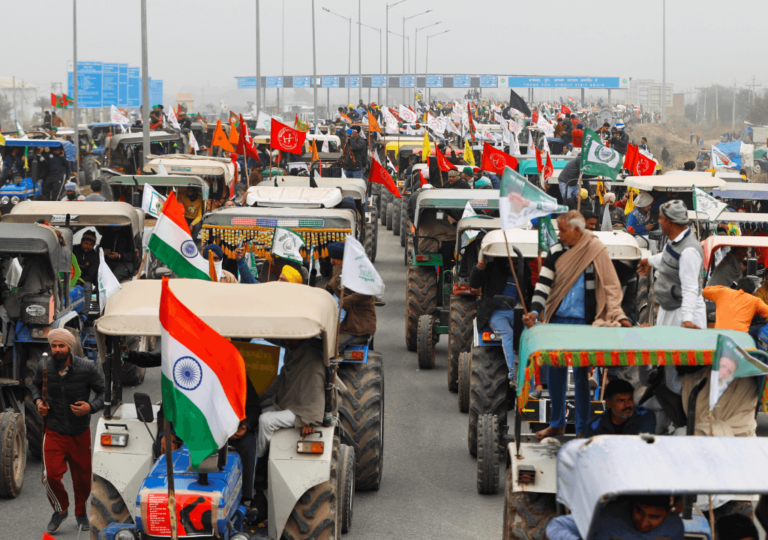
Farmers' protests challenge Modi's reforms, but BJP tactics fragment opposition. Rising tensions spark concerns over democracy in India.

Language shapes identities, notably in the Soviet Union where Russian influenced cohesion. Post-Soviet, nations assert linguistic independence, reshaping geopolitical dynamics.
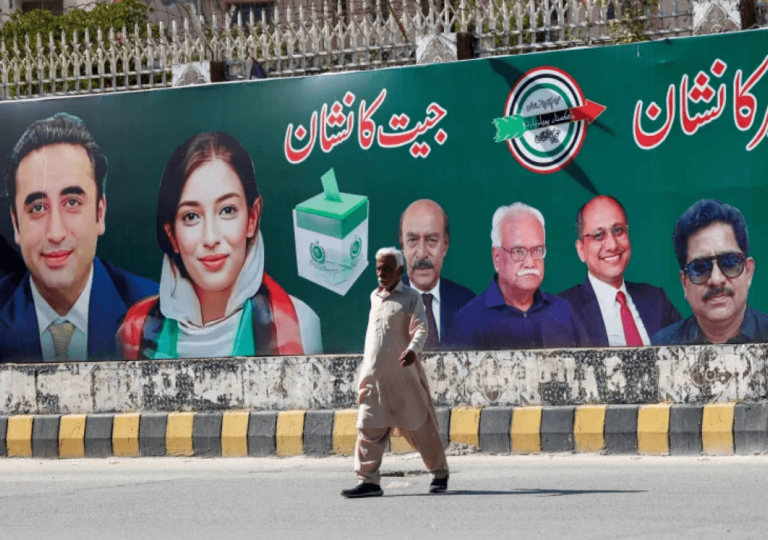
Pakistan's new government, likely led by Shehbaz Sharif, faces internal turmoil and military dominance, with minimal change expected in foreign policy.
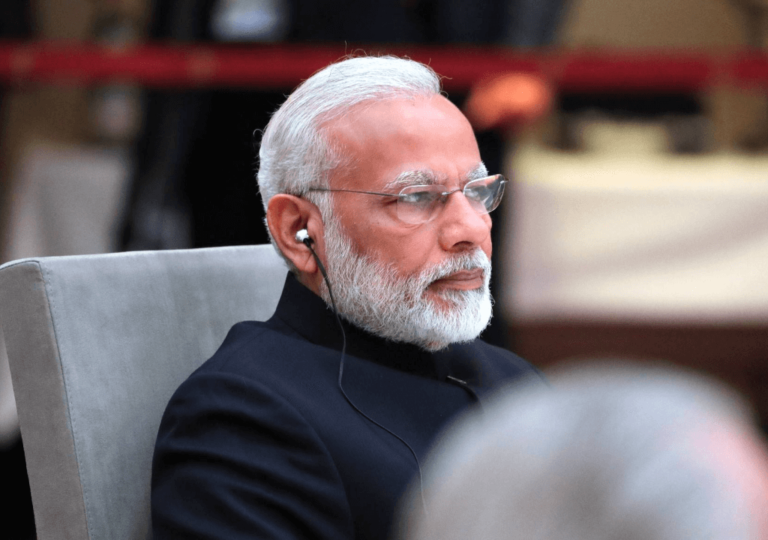
India's $9 billion investment in Great Nicobar promises a transformative port city, reshaping regional dynamics and challenging China's influence.
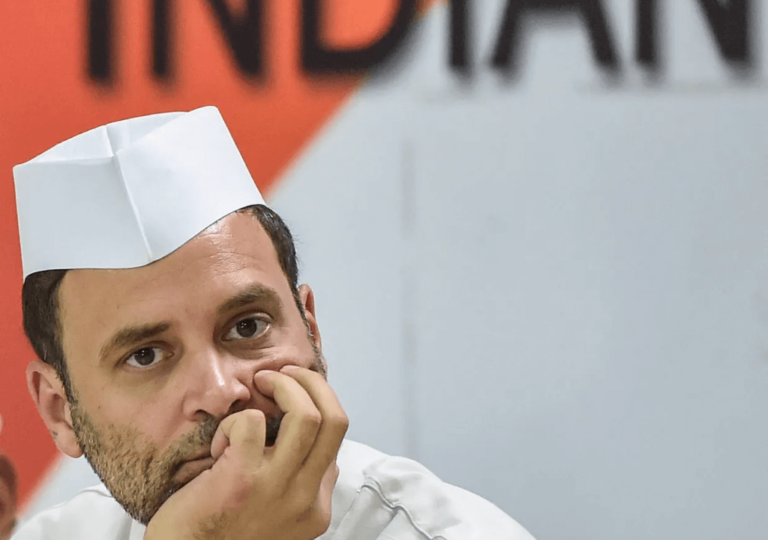
Narendra Modi's BJP dominates as India's opposition struggles to coalesce. Alliance fractures imperil democratic balance amid impending elections.
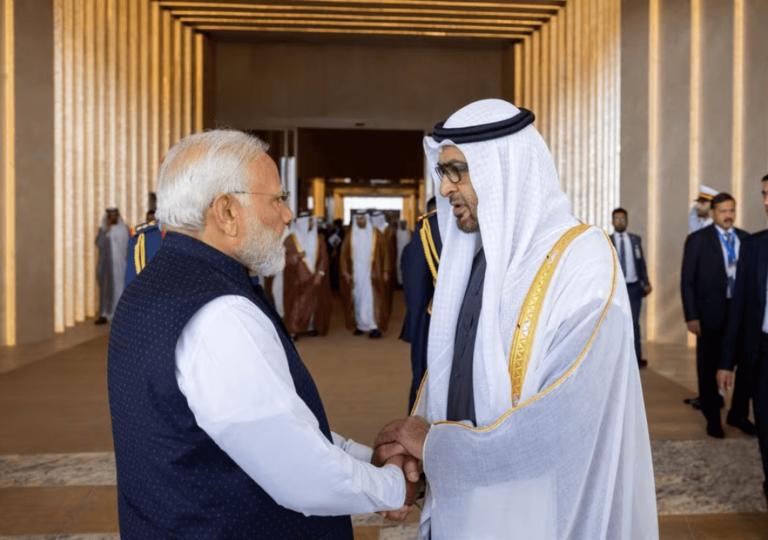
India and the UAE forge a pioneering trade corridor, bypassing Chinese influence, while enhancing regional connectivity and challenging geopolitical norms.
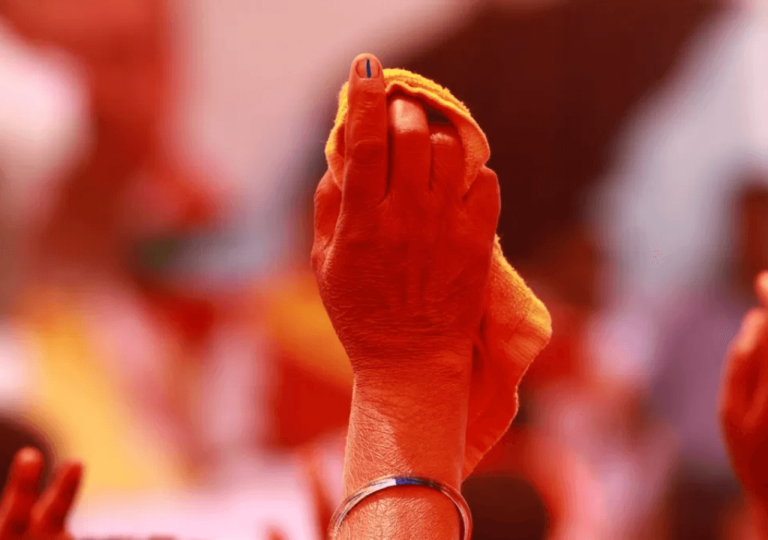
India's 2024 general elections loom as Prime Minister Modi seeks a third term. BJP faces challenges despite strengths, while Congress and regional parties aim to consolidate anti-BJP votes.